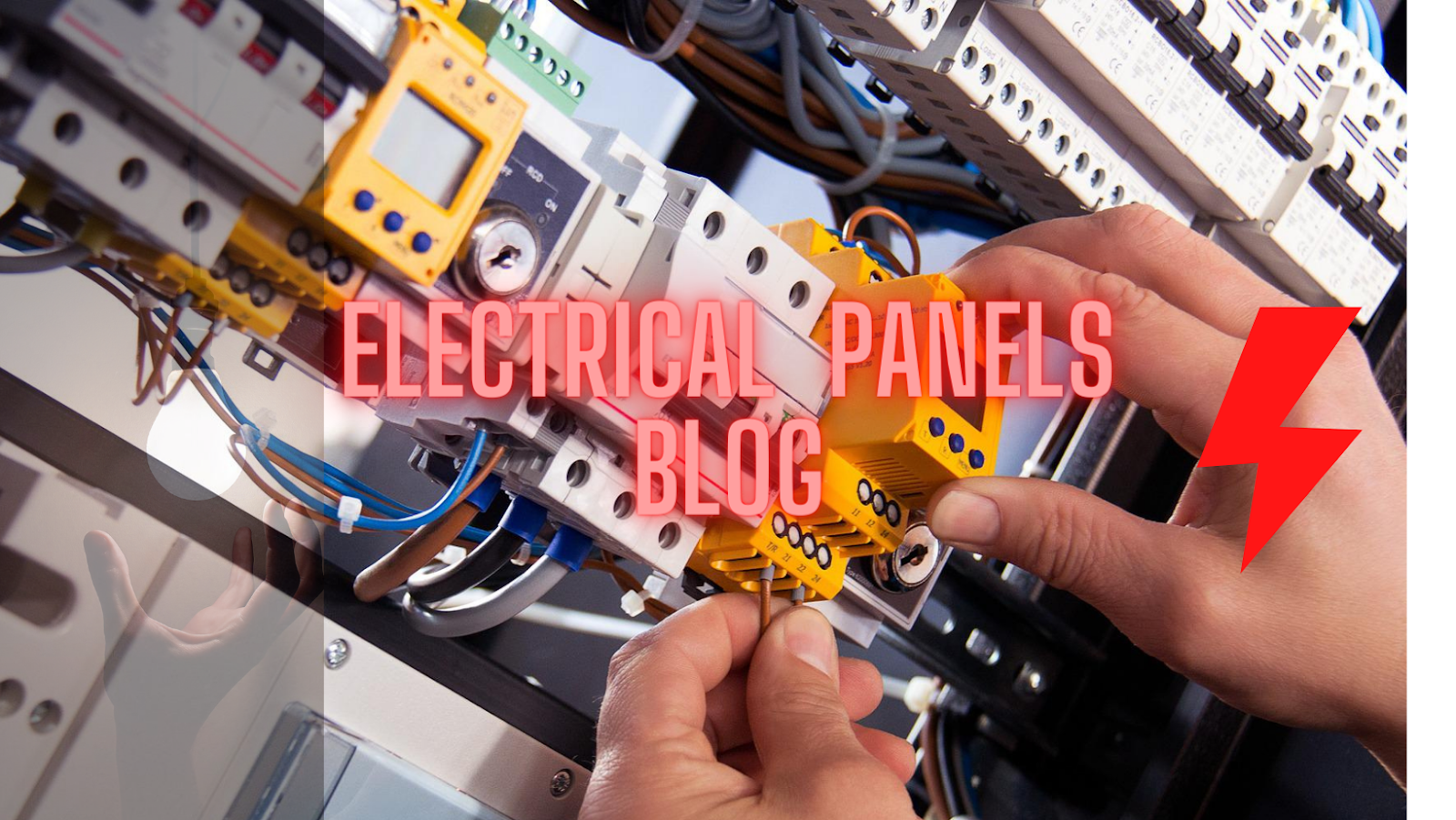Monday, December 31, 2012
Friday, December 21, 2012
Motor starters
Star-delta starter
This is the most popular and commonly
used starting method for motor ratings
> 4 kW (400 V).
• Electronic motor starter (EMS) and soft
starter
These enable the soft and low-noise
starting of the motor. This eliminates
interference producing current peaks
and jerks during switching. The startup
and deceleration phase of the motor can
also be time-controlled depending on the
load.
• Frequency inverter
This enables time-controlled motor
starting, motor braking and operation
with infinitely variable motor speeds.
Depending on the application, different
types of frequency inverters are used:
– with the voltage/frequency control
(U/f) or vector control for
frequency-controlled motor operation,
– with vector control or servo control for
high speed accuracy and additional
torque adjustment.
Associated circuit diagrams
Direct on line starter
Direct-on-line starter
In the simplest case the motor is
connected directly with a contactor. The
combination of motor protection and
cable protection (fuse) is called a motor
starter (MSC = Motor Starter
Combination).
By applying the full mains voltage to the
motor windings, DOL starting may
produce large starting currents which
may result in troublesome voltage
changes. Direct-on-line starting
three-phase motors must not cause
interference voltage changes in the
public utility grid. This requirement is
generally fulfilled if the apparent power
of a three-phase asynchronous motor
does not exceed 5.2 kVA or its startup
current does not exceed 60 A.
With a mains voltage of 400 V and 8 times
the starting current, this corresponds to
a rated motor current of around 7.5 A and
thus a motor rating of 4 kW.
The motor rating denotes the mechanical
output of the motor at the shaft.
Thursday, December 20, 2012
Wednesday, December 12, 2012
Standards
CE
The CE conformity marking shall indicate conformity to all the obligations imposed
on the manufacturer, as regards his products, by virtue of the European
Community directives providing for the affixing of the CE marking.
When the CE marking is affixed on a product, it represents a declaration of the
manufacturer or of his authorized representative that the product in question
conforms to all the applicable provisions including the conformity assessment
procedures. This prevents the Member States from limiting the marketing and
putting into service of products bearing the CE marking, unless this measure
is justified by the proved non-conformity of the product.
Flow diagram for the conformity assessment procedures established by the Directive
2006/95/CE on electrical equipment designed for use within particular voltage range:
Manufacturer
Technical file
The manufacturer
draw up the technical
documentation
covering the design,
manufacture and
operation of the
product
EC declaration of
conformity
The manufacturer
guarantees and declares
that his products are in
conformity to the technical
documentation and to the
directive requirements
Naval type approval
The environmental conditions which characterize the use of circuit breakers for
on-board installations can be different from the service conditions in standard
industrial environments; as a matter of fact, marine applications can require
installation under particular conditions, such as:
- environments characterized by high temperature and humidity, including saltmist
atmosphere (damp-heat, salt-mist environment);
- on board environments (engine room) where the apparatus operate in the
presence of vibrations characterized by considerable amplitude and duration.
In order to ensure the proper function in such environments, the shipping registers
require that the apparatus has to be tested according to specific type
approval tests, the most significant of which are vibration, dynamic inclination,
humidity and dry-heat tests.
Standards
“Low Voltage” Directive 2006/95/CE
The Low Voltage Directive refers to any electrical equipment designed for use
at a rated voltage from 50 to 1000 V for alternating current and from 75 to
1500 V for direct current.
In particular, it is applicable to any apparatus used for production, conversion,
transmission, distribution and use of electrical power, such as machines,
transformers, devices, measuring instruments, protection devices and wiring
materials.
The following categories are outside the scope of this Directive:
• electrical equipment for use in an explosive atmosphere;
• electrical equipment for radiology and medical purposes;
• electrical parts for goods and passenger lifts;
• electrical energy meters;
• plugs and socket outlets for domestic use;
• electric fence controllers;
• radio-electrical interference;
• specialized electrical equipment, for use on ships, aircraft or railways, which
complies with the safety provisions drawn up by international bodies in which
the Member States participate.
Directive EMC 2004/108/CE (“Electromagnetic Compatibility”)
The Directive on electromagnetic compatibility regards all the electrical and electronic
apparatus as well as systems and installations containing electrical and/
or electronic components. In particular, the apparatus covered by this Directive
are divided into the following categories according to their characteristics:
• domestic radio and TV receivers;
• industrial manufacturing equipment;
• mobile radio equipment;
• mobile radio and commercial radio telephone equipment;
• medical and scientific apparatus;
• information technology equipment (ITE);
• domestic appliances and household electronic equipment;
• aeronautical and marine radio apparatus;
• educational electronic equipment;
• telecommunications networks and apparatus;
• radio and television broadcast transmitters;
• lights and fluorescent lamps.
The apparatus shall be so constructed that:
a) the electromagnetic disturbance it generates does not exceed a level allowing
radio and telecommunications equipment and other apparatus to operate
as intended;
b) the apparatus has an adequate level of intrinsic immunity to electromagnetic
disturbance to enable it to operate as intended.
An apparatus is declared in conformity to the provisions at points a) and b) when
the apparatus complies with the harmonized standards relevant to its product
family or, in case there aren’t any, with the general standards.
ABB MCC










